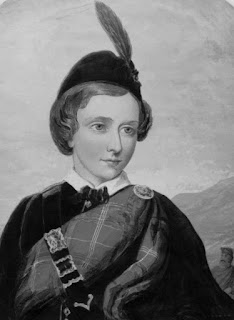New Brunswick issued only a few stamps (eleven, in
Scott’s listing), but four of them are philatelic firsts -- first train on a
stamp, first steam and sail ship, first commemorative and, audaciously, first stamp
with the image of a postmaster on it.
Each of these four has generated no end of
commentary by collectors and specialists. Exactly what locomotive is it? What
boat? Why was Prince Albert Edward (Bertie, the future King Edward VII)
commemorated? Why on earth did postmaster Charles Connell commission his own
picture on a stamp?
The wood-burning locomotive on Scott #6 is supposed by traditionalists to be the Ossekeag, an engine owned by the newly opened and extravagantly named European and North American Railway line. Train buffs say it more closely resembles the Coos 4-4-0. Probably, though, it was meant to be the Ossekeag because one of the railway directors was postmaster Connell. But artists at the American Bank Note Company, where he had commissioned the stamps to be made, didn’t know what the Ossekeag looked like.
The photograph used by the engravers is available online.
Postmaster Connell’s 1860 series used cents (dollars) rather than
pence and shillings as the value denomination. This currency was on a par with
the Canadian dollar, by which it was replaced in 1867 when New Brunswick joined
the Canadian Confederation.
The bad news, for the price aware collector, is the entire selection crosses the threshold for "expensive" stamps. And four stamps meet the $35 criteria for "Most Expensive" stamps, with a CV ranging from $37+-$77+. !
But, since I have a particular like for these stamps, I, for one, am pleased











Enjoyed your posting regarding the stamps of New Brunswick very much. Considering the small number of issued stamps the stamp subjects are some of the most interesting of any stamp issuer in my opinion. You found a great image for the McConnell stamp!
ReplyDeleteGlad you liked it.
ReplyDelete